Navigating the world of ecommerce can be like steering a ship through uncharted waters, where mastering order fulfillment is your compass to success. With U.S. eCommerce sales projected to reach a staggering $1 trillion and account for over 20% of retail sales by 2024, the stakes for efficient and accurate order fulfillment have soared. This blog aims to guide you through the treacherous pitfalls of this complex process, offering practical solutions to rectify common mistakes in ecommerce.
The initial step of connecting consumers with the products they adore is just the tip of the iceberg. The real challenge emerges in the logistics – efficiently locating, packaging, and shipping items post-order, and sometimes managing returns. For small and medium-sized businesses, understanding and correcting these errors is essential for streamlined operations and increased customer satisfaction. In a world where customers expect rapid and seamless shopping and delivery experiences, prioritizing eCommerce fulfillment is not just important, it’s imperative. Join us as we explore the most prevalent ecommerce fulfillment mistakes and provide strategic insights on how to tackle them.
#1 Navigating the Complexities of International Shipping and Payment Processes
The global market offers immense opportunities, yet it comes with its unique set of challenges. A common mistake in ecommerce is underestimating the intricacies of international shipping. This oversight includes not providing multiple shipping options and failing to plan for potential delays.
To remedy this, businesses can adopt a proactive approach by regularly reviewing and adjusting their shipping strategies. This involves exploring and integrating various courier services to offer a range of options, implementing advanced tracking systems for better transparency, and developing contingency plans for delays and customs issues.
Another area where ecommerce often stumbles is in the complexity of payment processes. Overly complicated procedures can turn customers away. To mitigate this issue, companies should focus on streamlining their payment systems.
This could involve simplifying the checkout process, offering a variety of payment methods including popular international options, and ensuring secure and fast transaction capabilities. Regularly updating and testing the payment system for user-friendliness can also significantly enhance the customer experience and, consequently, improve conversion rates.
#2 Leveraging Technology and Automation in Warehousing Operations
In the realm of order fulfillment, overlooking the potential of technology in warehousing is a significant misstep. Integrating automation within your operations is key. For instance, deploying barcode scanning systems can drastically reduce human errors in inventory management. Implementing in-house developed or customizable warehouse management software can streamline processes from receiving to shipping, ensuring accuracy and efficiency.
There’s a plethora of technological solutions that businesses can adopt to further elevate their warehousing operations. Implementing a pick-to-light system can optimize the picking process, making it faster and more accurate. Developing or utilizing mobile apps for warehouse management enables real-time tracking and management of inventory, providing flexibility and immediacy in operations.
Additionally, setting up automated customer notification systems ensures customers are kept informed about their orders, enhancing the overall customer experience. These technological advancements can be developed or tailored in-house, aligning them closely with the specific needs of the business.
#3 Effective Strategies to Improve Customer Service and Fulfillment Quality
Excellent customer service is the backbone of successful internet fulfillment. To enhance this area in-house, consider the following strategies:
- Training and Empowerment: Regularly train your customer service team on product knowledge and problem-solving skills. Empower them to make decisions that can immediately resolve customer issues.
- Feedback System: Implement a system for collecting and analyzing customer feedback. Use this data to make informed adjustments to your services.
- Accessibility: Ensure your customer service is easily accessible through various channels like phone, email, chat, and social media.
- Response Time: Aim to reduce response times. Automated responses for common queries and a well-organized backend can help in providing quick and accurate replies.
- Personalization: Personalize your customer interactions. Use customer data to understand their history and preferences, leading to more tailored and effective solutions.
Improving the accuracy and efficiency of your picking and packing processes is crucial. Here are some in-house strategies to consider:
- Inventory Management Software: Use or develop software that accurately tracks inventory levels, reducing the chances of errors in picking.
- Standardized Procedures: Establish standardized picking and packing procedures. This could include step-by-step guides or checklists to ensure consistency.
- Quality Checks: Implement multiple stages of quality checks during the picking and packing process. This helps catch errors before the order is shipped.
- Layout Optimization: Organize your warehouse layout for efficiency. Group popular items together and ensure they are easily accessible.
- Employee Training: Regularly train your warehouse staff. Well-trained employees are less likely to make errors in picking and packing.
- Use of Technology: Employ technologies like RFID systems or wearable devices to assist in faster and more accurate picking.
- Feedback Loop: Create a feedback loop where frontline employees can suggest improvements to the picking and packing process based on their day-to-day experiences.
By implementing these strategies, businesses can significantly improve their customer service and the quality of their fulfillment processes, leading to higher customer satisfaction and reduced errors and returns.
The Imperative of High-Caliber Order Fulfillment
The journey from customer order to product delivery encompasses some of the most critical steps in maintaining a robust logistics framework.
The significance of exceptional order fulfillment cannot be overstated. Inadequate handling of this crucial phase can lead to a myriad of issues such as damaged goods, delays in shipping, and perhaps most detrimental, the loss of customers. Even if you delegate order fulfillment to external partners, being unaware of their potential errors could be costly to your business’s integrity and customer satisfaction.
Consider this: research indicates that a staggering 69% of consumers are less likely to return to an online store if their order isn’t delivered within two days of the expected date. Whether fulfillment is managed internally or through a third-party, consistent discrepancies in this segment can tarnish your brand’s reputation and significantly affect your business outcomes.
Hence, whether you’re managing order fulfillment from within your company or entrusting it to external logistics providers, maintaining a high standard is imperative. Regular audits, customer feedback analysis, and continuous process improvement are essential practices to ensure your fulfillment process upholds the quality your customers expect and deserve.
Practical Solutions and WareSpace’s Role in Streamlining Order Fulfillment
Small and medium-sized businesses can address these common mistakes by adopting shared warehousing facilities like WareSpace. WareSpace provides not only storage solutions but also operational flexibility and access to advanced warehousing technologies. This support is crucial for efficient order fulfillment practices and overcoming internet fulfillment challenges. To learn more about how WareSpace can help streamline your order fulfillment contact us today!
By understanding and addressing these common mistakes in ecommerce and order fulfillment, businesses can streamline their processes, enhance customer satisfaction, and ultimately drive success. Remember, it’s not just about storing products; it’s about optimizing every aspect of your fulfillment process.
Blog Info: Author – Michael Thompson Category – Shipping and Packaging Insights

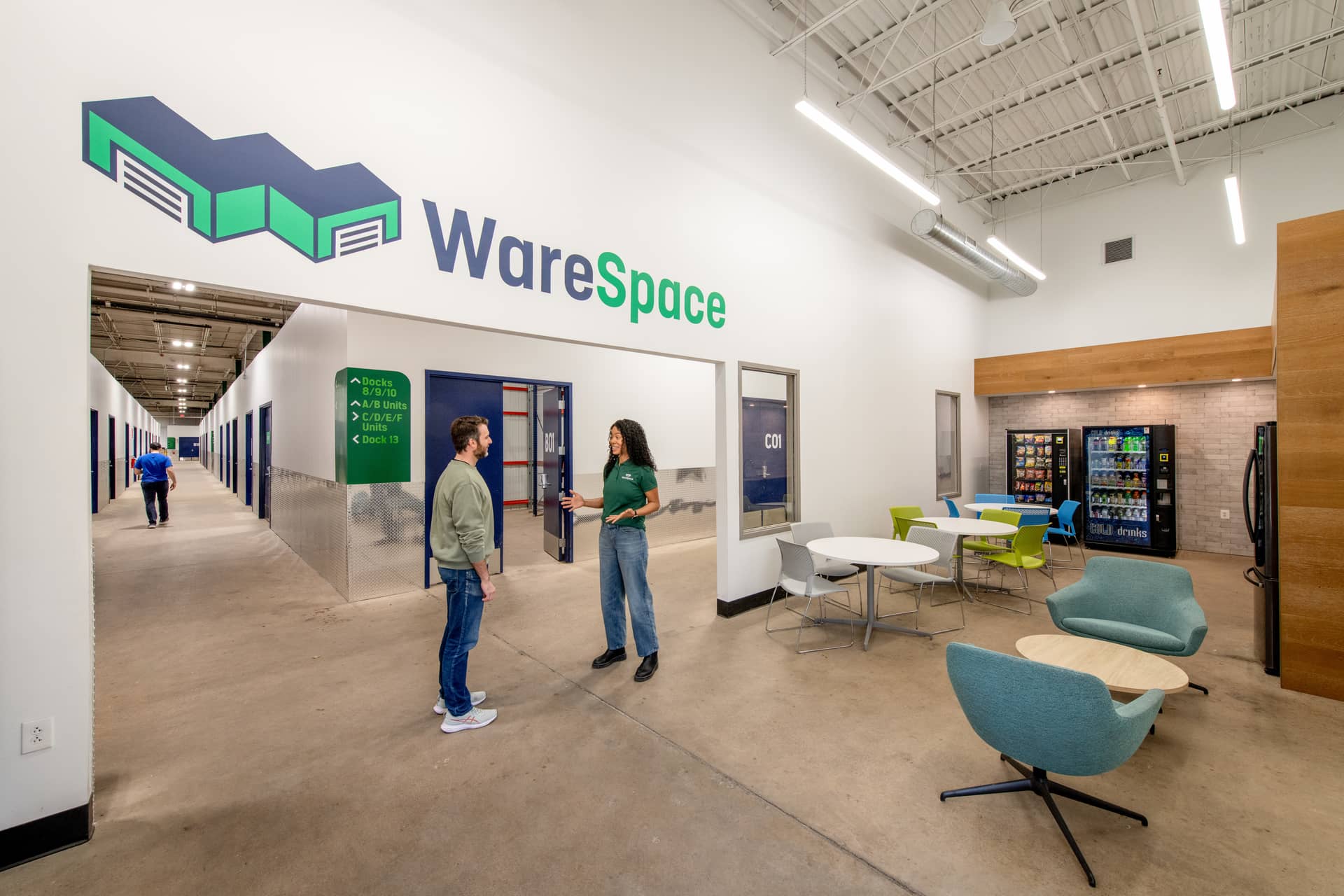

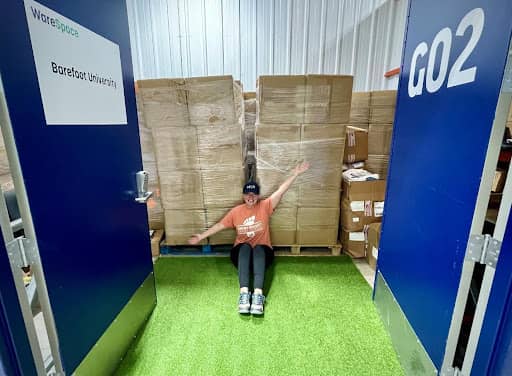
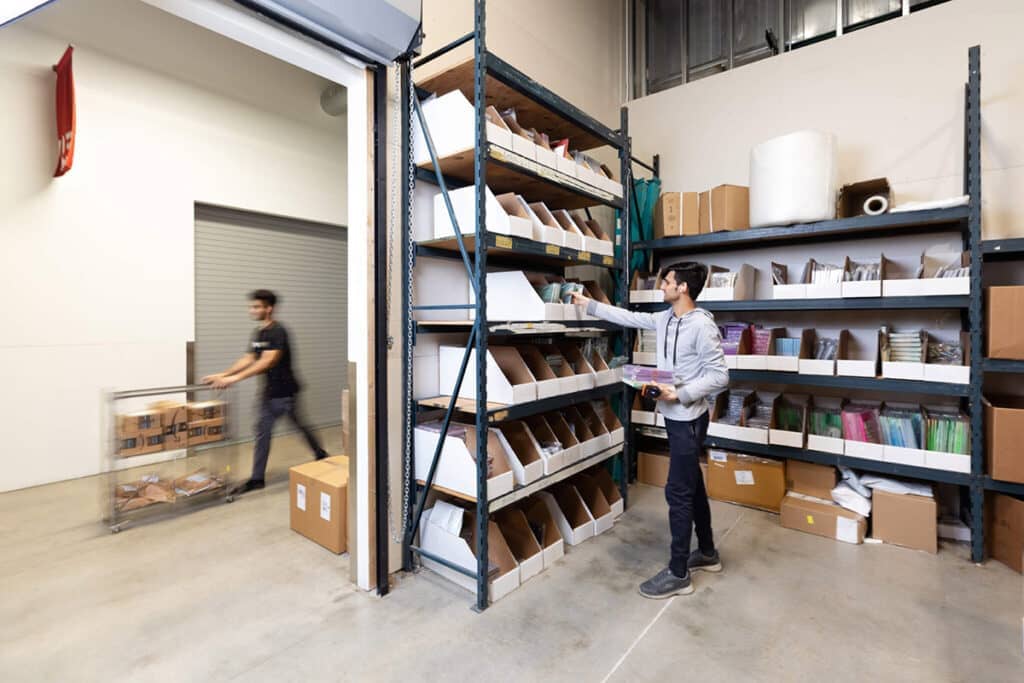
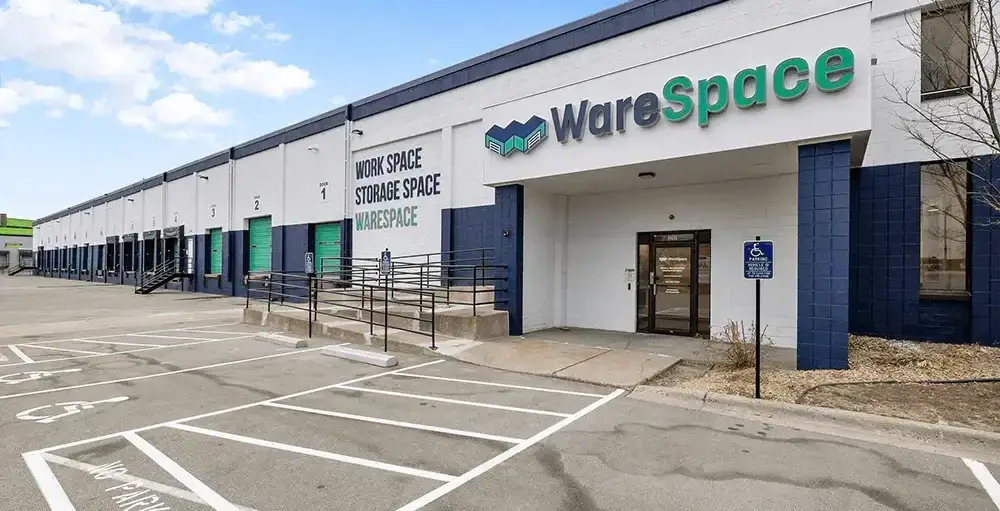
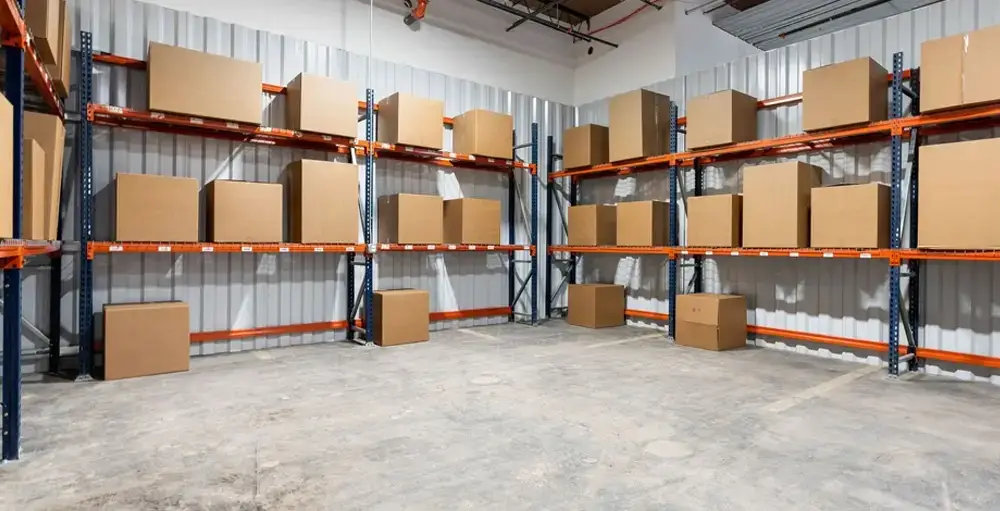
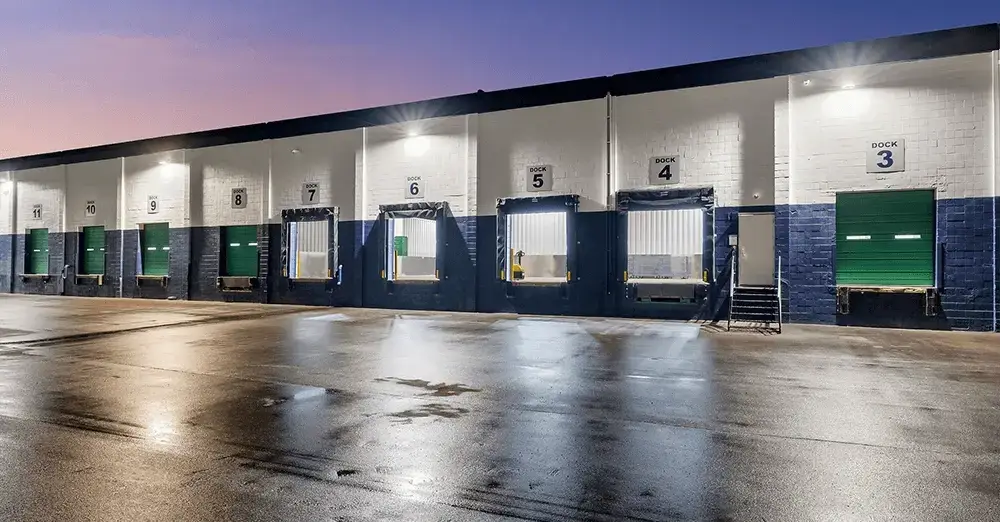
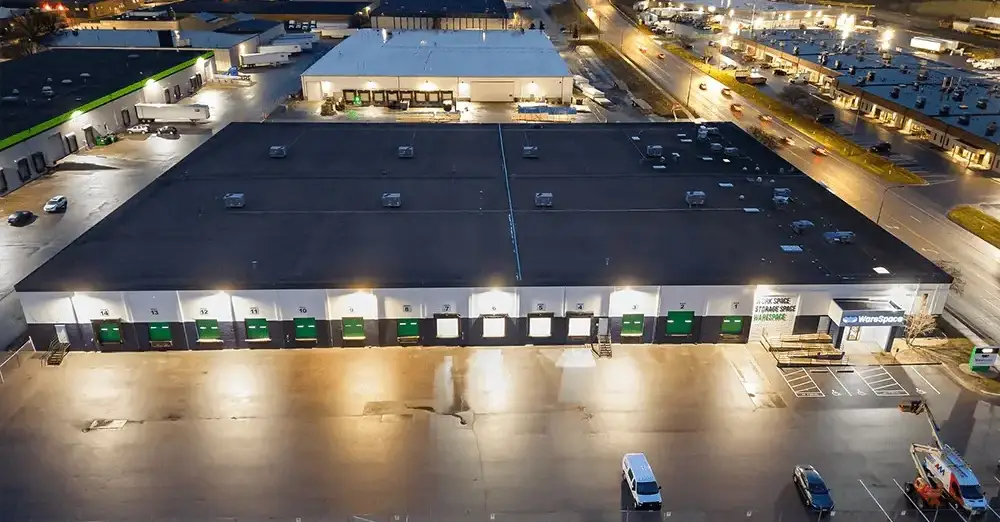











 ►
Explore 3D Space
►
Explore 3D Space